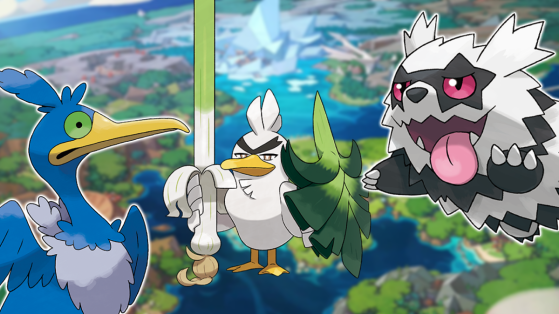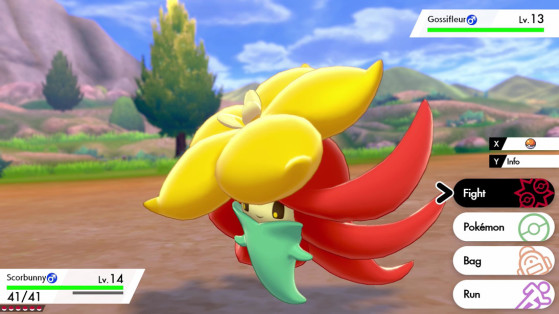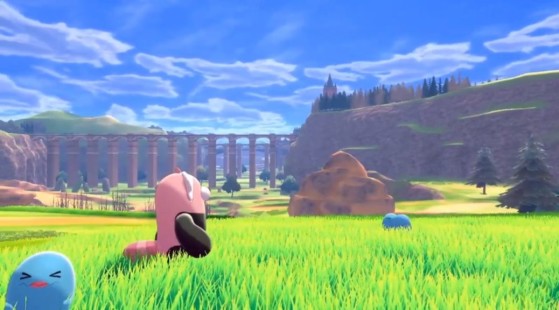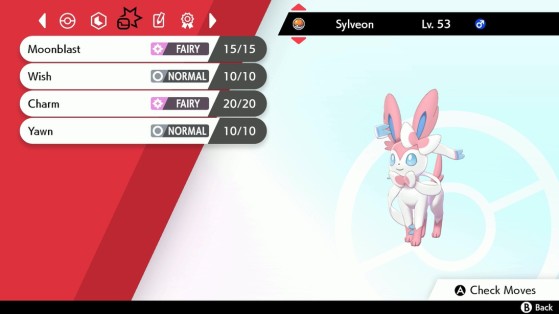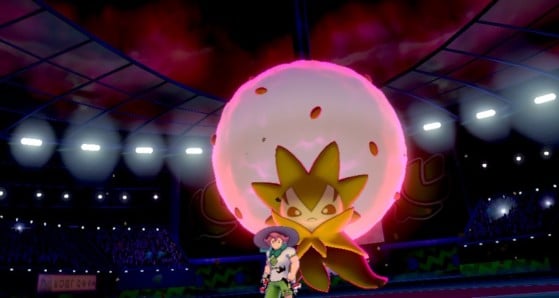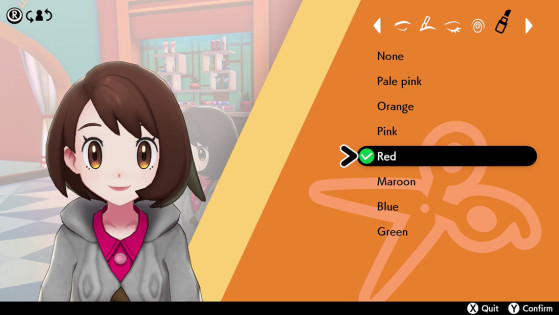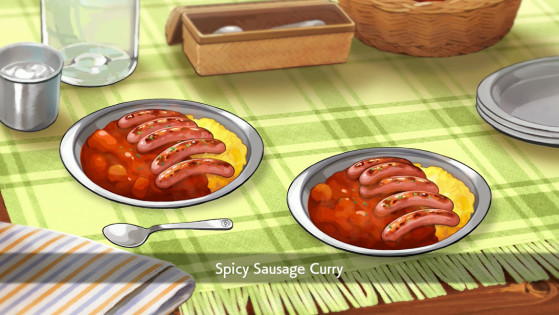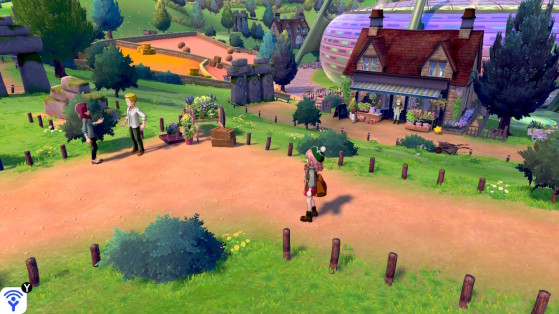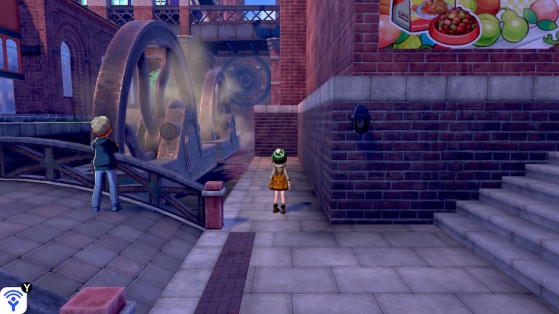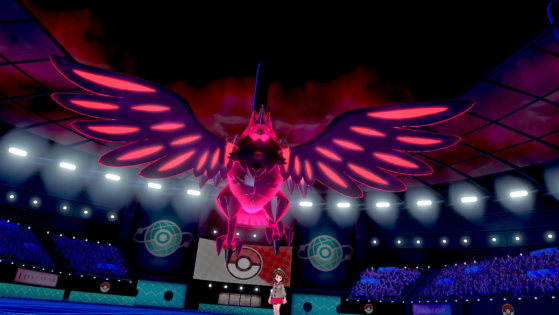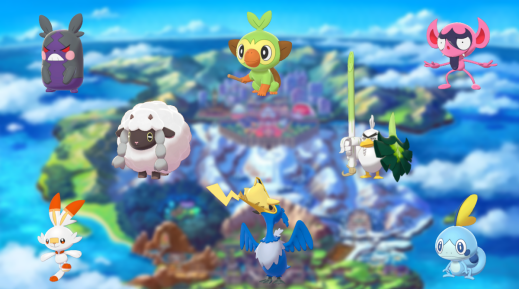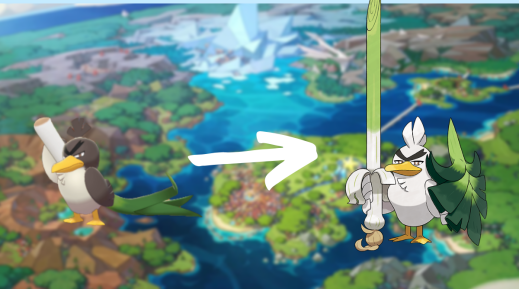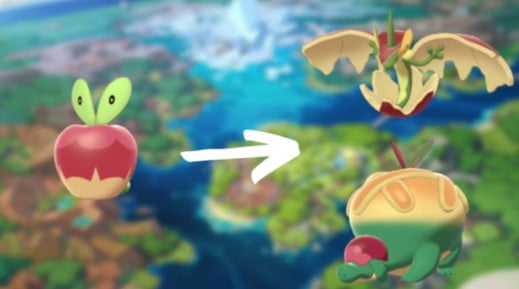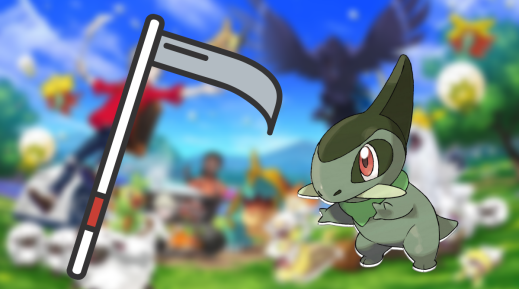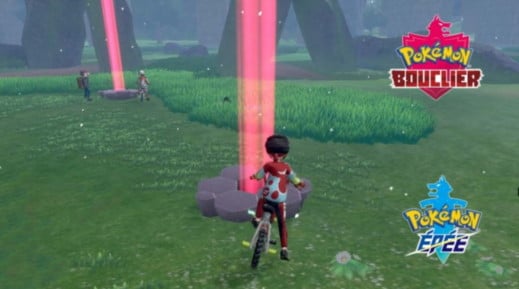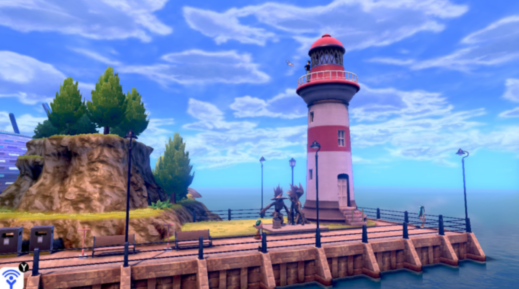With the November 15 release date fast approaching, Pokémon Sword and Shield are surely making the wait to become a Pokémon Trainer pretty unbearable!
This latest title has proved to be polarising on social media before release, with the removal of the National Dex a point of contention, but how does the final game hold up to previous titles?
- Genre: RPG
- Release Date: November 15, 2019
- Platform: Nintendo Switch
- Developer: Game Freak
- Publisher: Nintendo
- Price: $59.99
- Version Tested: Pokémon Sword
Rediscovering an iconic series
Globally famous, the Pokémon franchise tries to surprise us each year by offering us new products — whether animated series, trading cards, merchandise, or championships for pro players. However, how does one reinvent the flagship video game series after so long?
Game Freak has managed to do just that with Pokémon Sword and Shield. You know the usual drill — beat Gym Leaders, collect their precious badges, travel from town to town capturing wild Pokémon along the way, train them until you can beat the Pokémon League.
Capturing Legendary Pokémon is also a huge part of this rite of passage, and while Sword and Shield don’t deviate from this rule, they succeed in making us understand that it is a brand new start for the series.
All along, we have this feeling of starting our Pokémon adventure as if we were playing Red and Blue all over again. Many will complain about the Pokédex and not having all creatures available for capture, but it is very much as if Game Freak wants to create a new beginning.
The feeling here is that these games are a shift into new territory — there’s no doubt that future sequels on the Switch will be more and more beautiful, and more and more complete. An evolution, just as each generation following the originals proved to be.
The new Pokémon
Generation VIII means new Pokémon. If you’re one of those who has managed to avoid the many leaks, you will inevitably be pleasantly surprised each time you come across a new creature.
Simply put, it’s a real treat to discover a series for the first time, and Sword and Shield certainly give off this feeling.
An intoxicating atmosphere
The first apprehension expressed online concerns the graphics and animations in Sword and Shield. Junichi Masuda promised us that efforts would be made to improve these, at the expense of a complete Pokédex, and he has indeed succeeded in achieving just that.
The switch from 3DS to Switch offers a big leap in graphical style first showed off in Pokémon Let’s Go, and is one that will delight fans who have become used to the old style.
However, it must be said that the game has struggled to meet current market standards, and something that has added to the bad feeling in the lead up to release. For a Pokémon game, it's a massive upgrade. For a game on Nintendo Switch in 2019.... Well, we could have expected better.
The graphics are far from the level of, say, Breath of the Wild, but are still pleasing on the eye. Discovering each town and city in Galar will leave you almost speechless, as their differences are so striking.
At some point, you’ll find yourself in the Pokémon version of London, complete with all the landmarks — London Eye, Piccadilly Circus, Big Ben — and other times you’ll be among fields, mines, and even a spa town.
On the interface side, the simple menu style of Black and White returns, with some additional colors. It’s far from the multicolored UI of Sun and Moon, but as a whole it goes rather well with the general atmosphere of Sword and Shield.
As a little something extra, when we find an item on the ground or when we are offered one by an NPC, and if it’s a new item, a tooltip will appear on your screen to explain what it is. It’s a small quality-of-life touch, but it works well.
As for the much-discussed animations, they also work well. In 35 hours of play, we didn’t once feel lag, either docked or portable mode. Longer loading times are also very rare, and animations are fluid overall.
However, we have to add that the much-vaunted Dynamax attacks feel a bit repetitive — the same pattern seems to have been copied over to the different types (Water, Fire, Grass etc.). On the other hand, each move animation has been improved upon, making battles exciting and diverse.
The real success of Sword and Shield is the music and sound design. While some tracks are a little repetitive (such as the battle theme), the mix between iconic series tracks, new tunes, and locally influenced beats is quite simply perfect.
In fact, Sword and Shield are the kinds of games where you don't turn off the sound voluntarily, even after fifty hours of play. Bagpipes, wolves howling, a delirious crowd in a stadium — everything has been incorporated into this sublime and catchy soundtrack.
A personalized adventure
This is not the first time that Game Freak has set up a system for players to personalize their avatar, but this time they have pushed it to the limit.
At the beginning of your adventure, you can select one of eight different styles.
By changing your hair color, eyes, eyebrows, haircut, and clothing, can be almost sure that there won’t be a trainer out there who looks the same. You can also find a rather crazy quantity of unique clothes in Galar’s many shops, meaning it is entirely possible to create the avatar of your dreams.
Changing your look is not the only advantage Sword and Shield have when it comes to customizing the game. Naturally, you can still find familiar options, such as the ability to change the text scroll speed, activate full animations during battles, and more.
The only parameter that cannot be modified is the language. Once you have chosen your preferred language at the beginning of the game, it is impossible to change it later. Finally, concerning your Trainer’s nickname, you can have names of up to twelve characters.
Diverse gameplay
Catch them all!
A Pokémon game which doesn’t require you to be an obsessive collector is not really a Pokémon game, and it’s no different here.
Do you need to complete your Pokédex to 100%? Yes, absolutely. However, for the real completionists, you can also fill your CurryDex, your League card album or purchase all the clothes available in the game.
The Wild Area
A major new feature in the series, the Wild Lands are well worth a visit — and they make up a large part of the game's lifespan.
Once you have explored from top to bottom, you can return again and again, since the Pokémon present depend on the weather in each area. As for areas, there are about fifteen of them, all larger than the others in the game.
It would be a lie to say that the Wild Area is infinite, but it will take many hours to explore it thoroughly.
The Dynamax system
This new mechanism, replacing Z-Crystals and the Mega-Evolutions of past games, seems a little childish at first glance. Our Pokémon transform into giant creatures, and their attacks become overpowered.
Rest assured, however — the strategic side of battling remains unchanged. A Pokémon can only use Dynamax once per battle, and this form only lasts three turns.
In addition, weaknesses between types are preserved during transformation, meaning your choices (both moves and Pokémon) will remain crucially important.
This new feature also includes Dynamax Raids, which are reminiscent of Pokémon GO raids. That's not a bad thing, since the multiplayer aspect of the game is a real asset.
Unfortunately, we have not yet been able to test all the features online, but we will update this review as soon as possible to reflect our experiences.
A return to difficulty
The question that always seems to cause conflict when we talk about the new Pokémon games is that of the difficulty.
To our surprise, Sword and Shield are not that simple! Yes, the world of Pokémon has long been made easier to make it more accessible to younger audiences, but it is with pleasure that in Sword and Shield we rediscover the difficulty of beating a Gym Leader, for example.
In the Wild Area, Pokémon whose levels are too high are easily found, making it impossible to capture or even confront them. Dynamax Raids add spice to this difficulty, because if you're not up to the task, you could be knocked out or ejected from the Raid if you can't defeat the Pokémon after 10 turns.
The EXP Share is omnipresent from the beginning of the game — allowing all Pokémon in our team to gain experience, even if they haven't fought. Quite frankly, the adventure would have been four times longer and more difficult without it.
It’s a pity Hidden Machines — moves that could be taught to allow Pokémon to cut bushes, surf on water and much more in previous titles — are absent. The Rotom Phone is pleasant to use, but in the end we only used the Bike and Surf capabilities. This makes Sword and Shield a fairly linear game.
Game Freak's intention was to allow players to roam Galar freely, and it’s successful when it comes to the Wild Area. However, with regard to the rest of the map, even hidden items are quite easy to find. Moreover, a new feature allows you to see the "quest" under way on your map, so you never get lost.
Another noteworthy fact is that it’s possible to camp at any time in the Wild Areas and on Routes. By cooking a good Curry, you can then restore the HP of your Pokémon. There’s no need to waste your Potions or return to the last Pokémon Center in order to continue the adventure. This option makes the game much easier, but you have the choice of whether to use it or not.
In fact, it’s important to remember that playing the game in this way allows you to progress in your adventure quicker and devote yourself entirely to catching Pokémon and/or hunting shiny fish. Shortcuts are also available — for example, it is possible to press X in battle to throw a Poké Ball directly, without having to go through the menu again.
In short, the difficulty of battles has been slightly increased, but the adventure itself remains very simple. And here we come to our only real disappointment — the plot.
No spoilers here, but we have to admit that the main story feels a little flat. It’s a pity, especially when you see the effort put into building the world and its atmosphere. Even if we were introduced to majestic, mysterious wolves with swords and shields, we remained hungry — even after the game ended.
Team Yell is also quite underused. We fight them several times, but, for the first time in a Pokémon game, they are a Team that serves no purpose except to worship Marnie.
The story is still very nice to follow, because it intersects the different Gym battles that you must overcome in order to become the Pokémon Master for Galar.
We finish this review by talking about the lifespan of Pokémon Sword and Shield. By playing quickly, with skipped animations and not too much farming, we completed the game in 35 hours.
By taking your time and exploring each town properly, you can increase that count to about 50 hours needed to complete the main game. However, as you all know, a Pokémon game doesn't really end — not unless you've fully completed your Pokédex or ShinyDex!
In short, three or four hundred hours may be required to complete the game to 100%, but this obviously depends on your desires and objectives.
Game reviewed using a retail copy provided by Nintendo.
Translated from the French by David W. Duffy.
